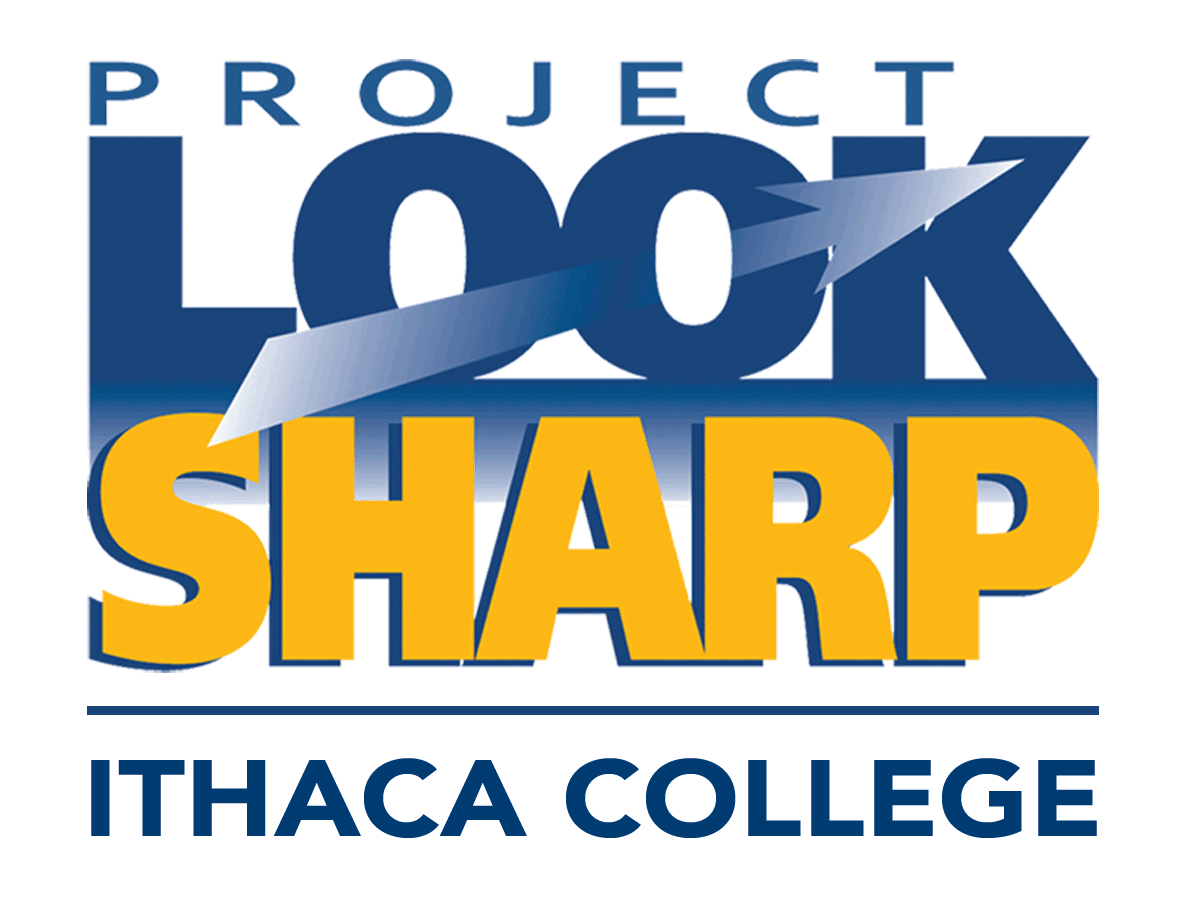Your Search Results (90) sorted by newest
Representations of Enslavement in South Carolina – Context is Everything
In this media literacy activity students analyze primary and secondary texts from the 19th, 20th & 21st century for messages about African slavery in South Carolina.
30-60 Minutes
Science or Fiction – Does Carrying an Umbrella in a Thunderstorm Make You More Likely to be Hit by Lightning?
Students analyze a cartoon and a weather channel video for messages about whether carrying an umbrella is potentially hazardous and about credibility in Internet videos.
15-30 Minutes
Scientific Consensus: Global Warming Is Real and It's Caused by Us
This is a media literacy and critical thinking activity in which students analyze two web articles from Skeptical Science and NASA for different approaches to reporting on the scientific consensus on human-induced climate change.
30-60 Minutes
Social Media Goes Viral: Fact Checking Messages About COVID-19
In this media literacy activity students analyze a text message, a Facebook post, a webpage from a fact checking organization and a tweet from the World Health Organization for messages about credibility of Internet information about precautionary health measures for COVID-19.
30-60 Minutes
Spotting Fake News: How to Help
In this media literacy activity students analyze three videos for messages about how and why students should recognize and respond to fake news stories.
15-30 Minutes
Sustainability and Media: Introducing Content Analysis
Media literacy and critical thinking lesson introducing the differences between qualitative and quantitative research by decoding messages about sustainability in magazine covers.
This lesson is part of a "kit" or collection of media decoding lessons on a particular topic. You can explore that kit using the link below:
Kit: Media Constructions of Sustainability: Food, Water, and Agriculture
30-60 Minutes
Techniques of Persuasion: Smoking, Vaping and Health
In this media literacy activity students analyze commercials and PSAs related to smoking and vaping for messages about purpose, technique and target audience.
15-30 Minutes
The Death of Kobe Bryant: How Viral Media Spreads Misinformation
In this media literacy activity students analyze screen grabs from a YouTube page, a Facebook post, a network news video page and online headlines, photos and captions for messages about credibility of Internet news reporting.
15-30 Minutes
The Food Groups
Media literacy and critical thinking lesson using the food pyramid to introduce the concept of food groups.
This lesson is part of a "kit" or collection of media decoding lessons on a particular topic. You can explore that kit using the link below:
Unit: Kindergarten LessonsKit: Critical Thinking & Health: Nutrition and TV Commercials
15-30 Minutes
The Food Groups (First Grade)
Media literacy and critical thinking lesson using the food pyramid to introduce the health benefits of eating from all food groups.
This lesson is part of a "kit" or collection of media decoding lessons on a particular topic. You can explore that kit using the link below:
Unit: First Grade LessonsKit: Critical Thinking & Health: Nutrition and TV Commercials
30-60 Minutes
The Jessica Lynch Rescue: News, Propaganda or Entertainment
Media literacy and critical thinking lesson contrasting four media representations of a news story.
This lesson is part of a "kit" or collection of media decoding lessons on a particular topic. You can explore that kit using the link below:
Unit: War in Iraq: Whose Voice, Whose Story?Kit: Media Constructions of the Middle East
30-60 Minutes
Throwaway Culture: To Buy or to Reuse?
This is a media literacy and critical thinking activity in which students decode web videos and commercials for messages about buying disposable products vs. reusing and reducing waste.
This lesson is part of a "kit" or collection of media decoding lessons on a particular topic. You can explore that kit using the link below:
Playlist: Elementary Critical Thinking Skill Building
15-30 Minutes
Time Magazine’s Person of the Year – How Selections Change Over Time
In this media literacy activity students compare Time magazine’s “Person of the Year” covers from 1965-1969 and 2015-2019 for messages about historical context in judgments of who is important across a half century.
15-30 Minutes
Toy Commercials & Their Tricks
Media literacy and critical thinking lesson will teach the purpose of a commercial and editing tricks advertisers use to sell their products
This lesson is part of a "kit" or collection of media decoding lessons on a particular topic. You can explore that kit using the link below:
Playlist: Elementary Critical Thinking Skill BuildingUnit: First Grade Lessons
Kit: Critical Thinking & Health: Nutrition and TV Commercials
30-60 Minutes
Tracking Lies: Determining the Credibility of Internet Information
This is a media literacy and critical thinking activity in which students decode a tweet, a blog post and a factchecking webpage for credibility of Internet information.
30-60 Minutes
Trusting Web Videos on COVID-19 (Or Not)
In this media literacy activity students analyze for credibility four video clips of people giving prevention advice during the Covid-19 crisis: President Donald Trump, Dr. Anthony Fauci, Director of the National Institute of Allergy and Infectious Diseases, a New York City primary care doctor during an online family information session, and a naturopathic doctor during a televangelist TV program. These were all posted online in March of 2020.
15-30 Minutes
Twister: A Film Decoding Activity
Media literacy and critical thinking lesson reflecting on the concept of target audiences, and how messages can be crafted for a specific audience through visuals, language and sound.
15-30 Minutes
Twitter and Lies: How They Snowball
In this media literacy activity students analyze an excerpt from a research study published in a scientific journal and a news article about the study in an online magazine for messages about the spread of lies on Twitter and the differences in writing for different target audiences.
30-60 Minutes
Understanding TV Commercials
Media literacy and critical thinking lesson will teach the purpose of a commercial and some tricks advertisers use to sell their products
This lesson is part of a "kit" or collection of media decoding lessons on a particular topic. You can explore that kit using the link below:
Unit: First Grade LessonsKit: Critical Thinking & Health: Nutrition and TV Commercials
30-60 Minutes
What Do We Do About Fake News?
In this media literacy activity students analyze three online articles for messages about the responsibility to ascertain credibility in news stories.
30-60 Minutes














.png)



